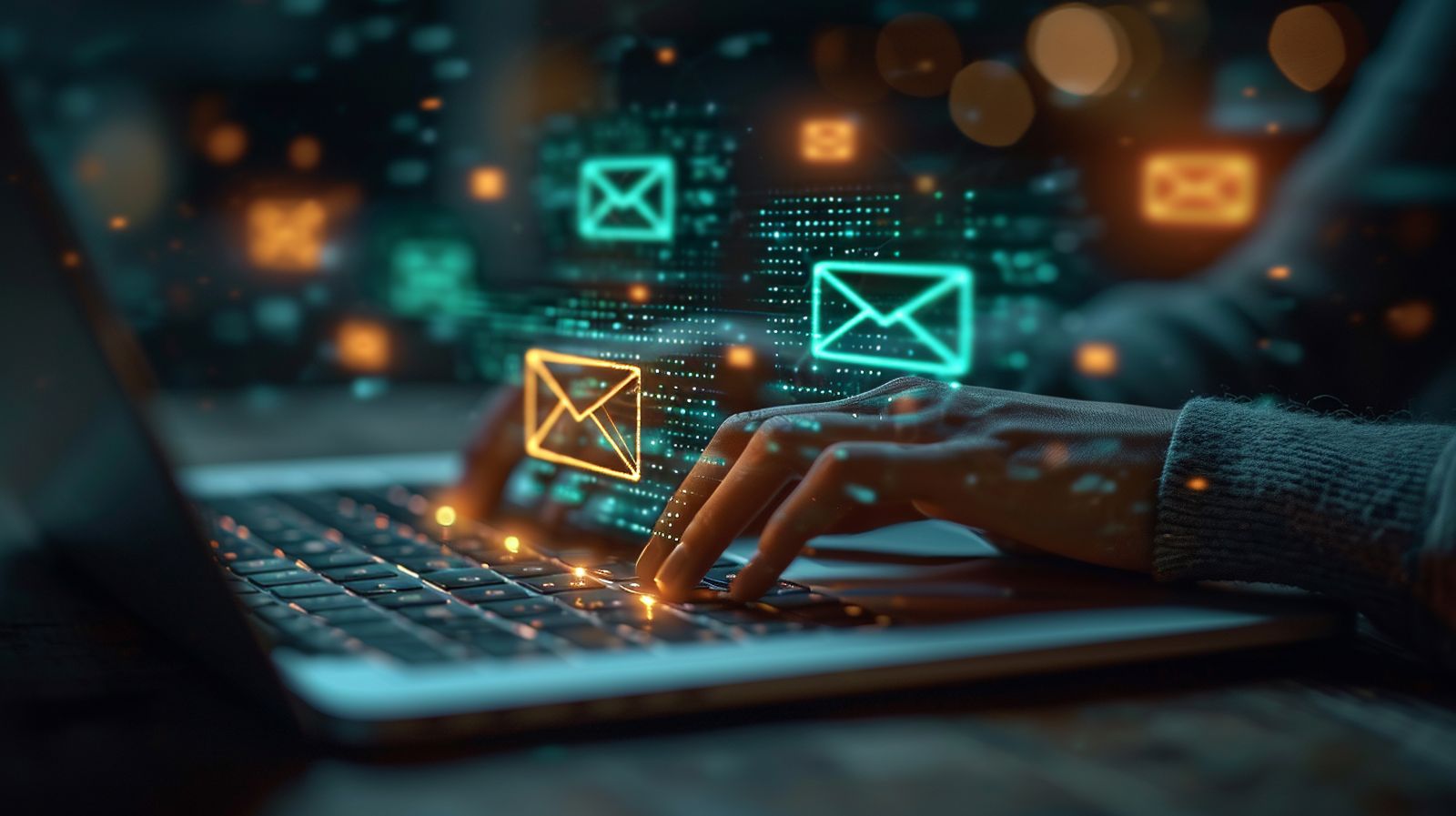Personalization in Email Marketing: Why It Matters and How to Do It Right
July 15th, 2024

Personalization has become a key differentiator. For Stradigi, leveraging personalized email marketing can be a game-changer, enhancing customer engagement and driving higher conversion rates. This article delves into why personalization in email marketing is crucial and provides practical steps on how to implement it effectively.
Why Personalization Matters in Email Marketing
1. Increased Engagement
Personalized emails grab the recipient's attention by addressing their specific needs and preferences. When customers see content that resonates with them, they are more likely to open, read, and engage with the email. Studies have shown that personalized emails have higher open rates and click-through rates compared to generic ones.
2. Enhanced Customer Experience
In today's competitive market, providing a superior customer experience is essential. Personalized emails make customers feel valued and understood. By sending relevant content and offers, you show that you care about their individual needs, fostering a stronger relationship and increasing customer loyalty.
3. Higher Conversion Rates
Personalized emails are more effective at driving conversions. By tailoring your messages to the recipient's behavior, preferences, and past interactions, you can present the right offer at the right time, significantly boosting the chances of a sale or other desired action.
4. Improved Customer Retention
Keeping existing customers engaged is often more cost-effective than acquiring new ones. Personalized email marketing helps in nurturing relationships with your current customers by consistently delivering value through relevant content and offers, leading to higher retention rates.
How to Do Personalization Right
1. Collect and Utilize Customer Data
The foundation of effective personalization is data. Gather as much relevant data as possible about your customers, including:
- Demographics: Age, gender, location, etc.
- Behavioral Data: Purchase history, browsing behavior, email interactions, etc.
- Preferences: Interests, favorite products, preferred communication channels, etc.
Utilize this data to segment your audience and tailor your emails accordingly. Tools like customer relationship management (CRM) systems and email marketing platforms can help streamline this process.
2. Segment Your Audience
Segmentation is crucial for delivering personalized content. Divide your email list into smaller groups based on shared characteristics. Common segmentation criteria include:
- Demographics: Age, gender, location
- Behavioral Data: Purchase history, website activity
- Engagement Level: Active vs. inactive subscribers
- Lifecycle Stage: New customers, loyal customers, lapsed customers
By segmenting your audience, you can create more targeted and relevant email campaigns.
3. Craft Personalized Content
Once you have segmented your audience, it’s time to create personalized content. Here are some strategies:
- Personalized Greetings: Use the recipient’s name in the subject line and email body to create a sense of familiarity.
- Relevant Offers: Tailor promotions and product recommendations based on the recipient’s past behavior and preferences.
- Dynamic Content: Use dynamic content blocks to display different content to different segments within the same email. For instance, show different product recommendations to different segments based on their purchase history.
- Behavioral Triggers: Set up automated emails triggered by specific actions, such as abandoned cart reminders, post-purchase follow-ups, or re-engagement emails for inactive subscribers.
4. Leverage Automation
Email marketing automation allows you to send personalized emails at scale. By setting up automated workflows based on customer behavior and lifecycle stages, you can ensure timely and relevant communication. Some examples of automated emails include:
- Welcome Series: Introduce new subscribers to your brand and products.
- Abandoned Cart Emails: Remind customers of items left in their shopping cart.
- Post-Purchase Emails: Thank customers for their purchase and suggest related products.
- Re-Engagement Emails: Win back inactive subscribers with special offers or personalized content.
5. Test and Optimize
Continuous improvement is key to successful email marketing. A/B testing, also known as split testing, allows you to compare different versions of an email to see which performs better. Test various elements such as subject lines, email copy, call-to-action buttons, and images. Analyze the results and use the insights to refine your future email campaigns.
Best Practices for Personalization
1. Respect Privacy and Data Security
Personalization requires collecting and processing customer data, which comes with the responsibility to protect it. Ensure you comply with data protection regulations such as GDPR and CCPA. Be transparent about how you collect, store, and use customer data, and provide options for customers to manage their preferences.
2. Don’t Overdo It
While personalization is powerful, it’s important not to overdo it. Overly intrusive or excessively frequent emails can annoy customers and lead to unsubscribes. Strike a balance by providing value and relevance without being overly aggressive.
3. Keep It Authentic
Authenticity is key to building trust with your audience. Ensure that your personalized content genuinely reflects the interests and needs of your customers. Avoid generic personalization tactics that can come across as insincere or gimmicky.
4. Monitor Performance
Regularly track and analyze the performance of your personalized email campaigns. Key metrics to monitor include open rates, click-through rates, conversion rates, and unsubscribe rates. Use these insights to identify areas for improvement and adjust your strategy accordingly.
Conclusion
Personalization in email marketing is no longer a luxury but a necessity. For Stradigi, implementing a personalized email marketing strategy can lead to higher engagement, improved customer experience, increased conversion rates, and better customer retention. By collecting and utilizing customer data, segmenting your audience, crafting personalized content, leveraging automation, and continuously optimizing your campaigns, you can achieve significant results.
Embrace personalization as a core component of your email marketing strategy and watch your customer relationships and business grow.